Understanding The Mystery Of Asteroid Euphorbus
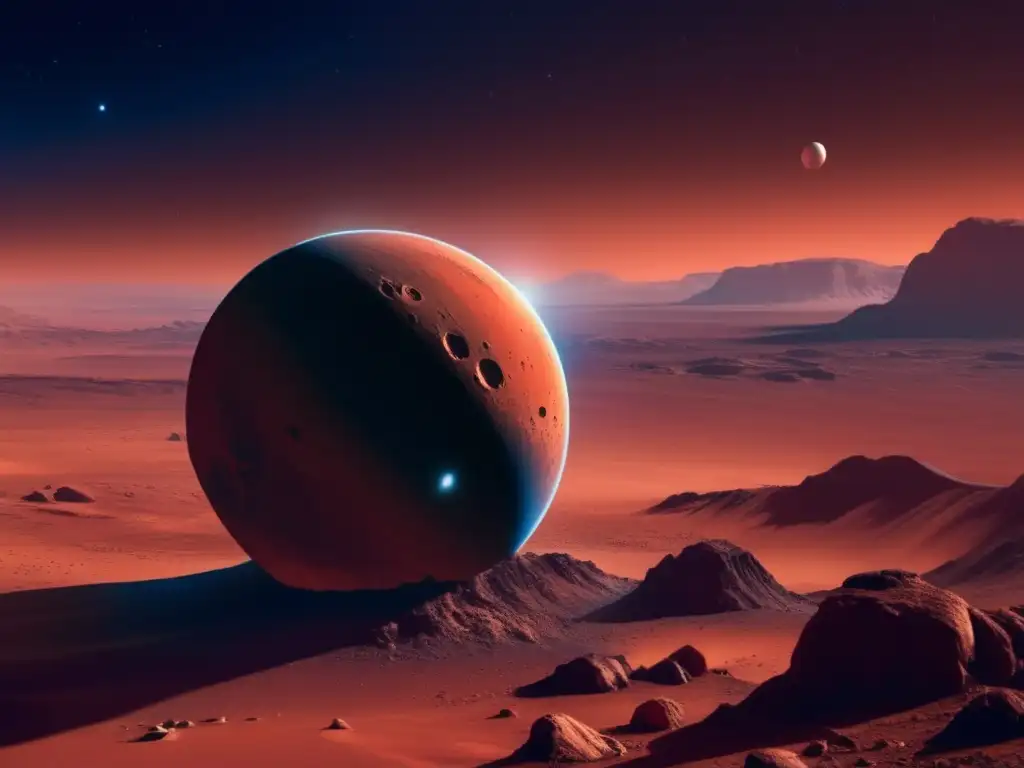
Introduction
Asteroids, the celestial bodies orbiting the Sun between Mars and Jupiter, have captivated astronomers and space enthusiasts for centuries. Each asteroid holds its own unique characteristics and historical significance. In this article, we will delve into the intriguing world of asteroid Euphorbus, exploring its mythology, history, and cultural significance.
Mythological Background
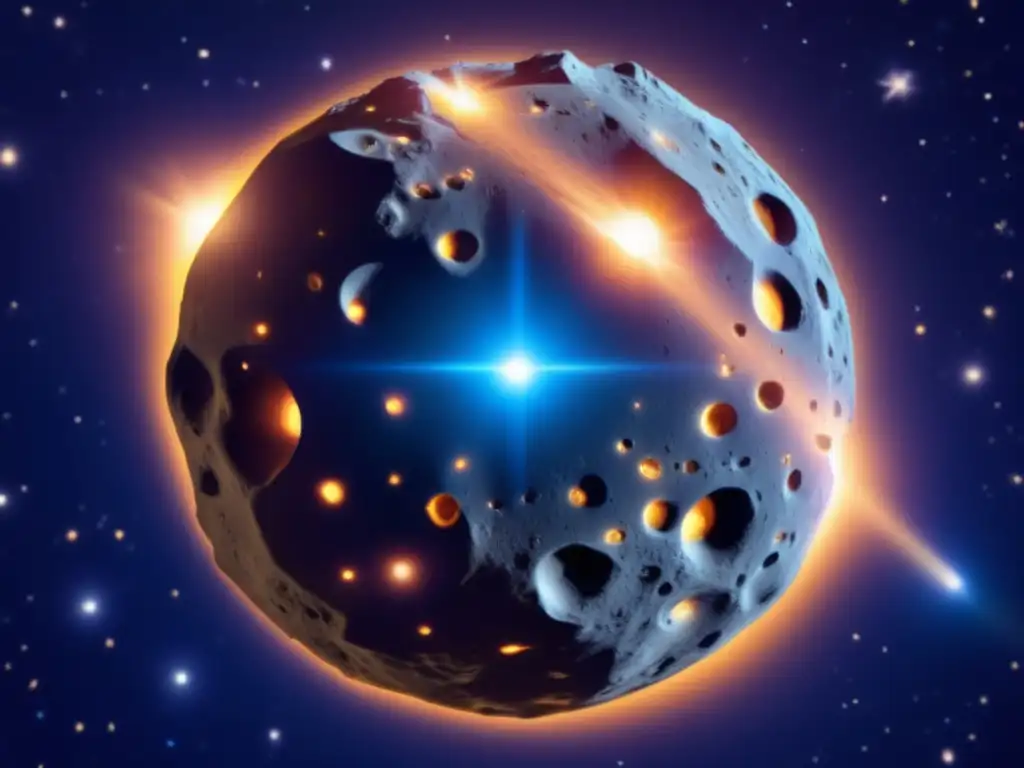
Euphorbus in Greek Mythology
In Greek mythology, Euphorbus was a Trojan warrior who fought during the legendary Trojan War. He was known for his exceptional bravery and skill in combat. According to one myth, Euphorbus was the son of the god Panthous and the nymph Phrontis. He fought alongside Hector, Paris, and other Trojan heroes against the Greeks.
Association with the Trojan Horse
Euphorbus played a significant role in the tale of the Trojan Horse. Legend has it that he was one of the few Trojans who suspected the Greeks' deceit and warned against bringing the wooden horse inside the city walls. However, his warnings were ignored, leading to Troy's downfall.
Euphorbus in Astronomy
In modern astronomy, asteroid Euphorbus was named after the mythological Trojan warrior. It was discovered on September 1, 1978, by Danish astronomer Richard West at the European Southern Observatory in Chile. The asteroid belongs to the Apollo group of asteroids, which cross Earth's orbit.
Asteroid Characteristics and Composition
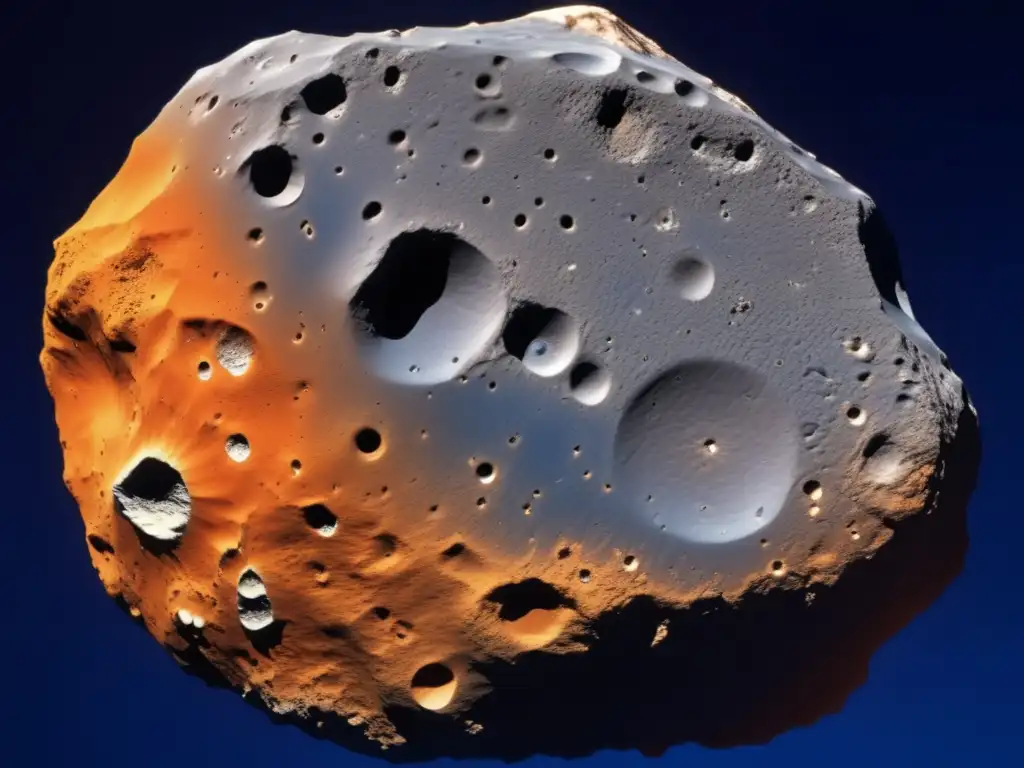
Size and Shape
Asteroid Euphorbus has an estimated diameter of approximately 1 kilometer. Its shape is irregular, as commonly observed in asteroids of this size. Detailed studies conducted by space probes have revealed its rugged surface with numerous craters and boulders.
Composition and Spectral Analysis
Spectroscopic analysis of Euphorbus suggests that it belongs to the S-type classification, indicating a stony or silicate-rich composition. This composition is consistent with other asteroids found within the asteroid belt. The presence of silicates suggests potential mineral resources for future space exploration and colonization.
Orbital Characteristics
Euphorbus follows an elliptical orbit around the Sun, with a semi-major axis of approximately 2.5 astronomical units (AU). Its orbital period takes around 3.7 years, crossing both the orbits of Mars and Earth during its journey.
Scientific Exploration and Discoveries

Photometric Observations
Through photometric observations, astronomers have been able to study the rotation period of Euphorbus. It was found to have a rotation period of about 6.86 hours. These observations also indicated evidence of possible regolith, a layer of loose material covering the asteroid's surface.
Future Missions and Exploration Potential
As technology advances, space agencies are considering missions to explore asteroids like Euphorbus up close. These missions aim to collect valuable data regarding their composition, structure, and potential resources. The information gathered will contribute to our understanding of the early solar system and may pave the way for future asteroid mining endeavors.
Frequently Asked Questions
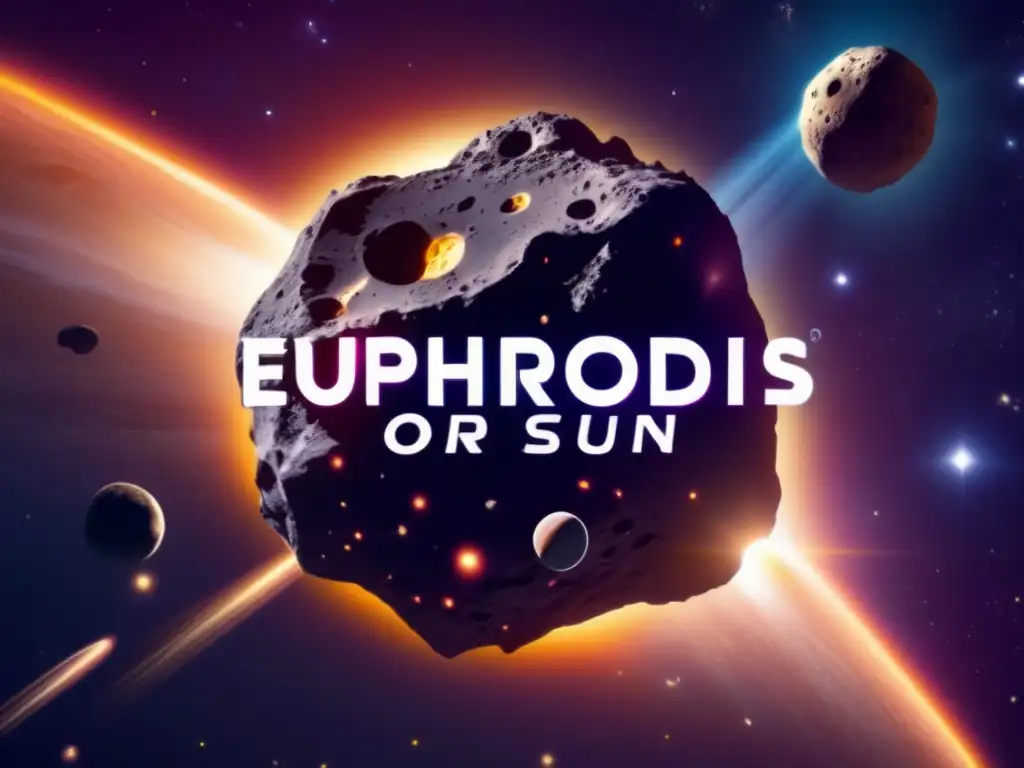
-
What is the origin of the name "Euphorbus" for the asteroid?
The name "Euphorbus" was chosen to honor the brave Trojan warrior from Greek mythology who fought during the Trojan War.
-
What is the size of asteroid Euphorbus?
Asteroid Euphorbus has an estimated diameter of approximately 1 kilometer.
-
What is the orbital period of Euphorbus?
Euphorbus follows an elliptical orbit around the Sun with an orbital period of around 3.7 years.
-
What is the composition of asteroid Euphorbus?
Euphorbus is classified as an S-type asteroid, indicating a stony or silicate-rich composition.
-
Are there any future missions planned to study Euphorbus?
While there are no specific missions planned for Euphorbus, space agencies are considering missions to explore asteroids with similar characteristics in the future.
Conclusion
Asteroid Euphorbus, named after the heroic Trojan warrior from Greek mythology, offers insight into both ancient legends and modern scientific discoveries. Its unique characteristics and history contribute to our understanding of asteroids and their cultural significance. As space exploration continues to advance, further missions may uncover even more mysteries surrounding this intriguing celestial body.
We invite you to share your thoughts and feedback in the comments section below. Feel free to subscribe to www.asteroidrealm.com to stay updated with the latest asteroid-related articles. Thank you for taking the time to explore the fascinating world of asteroids!
Additional Resources

For those interested in delving deeper into the topic of asteroids, here are some additional resources:
- NASA - National Aeronautics and Space Administration
- Asteroid Realm News Section
- NASA's In-depth Exploration of Asteroids
- Space.com's Asteroid Articles
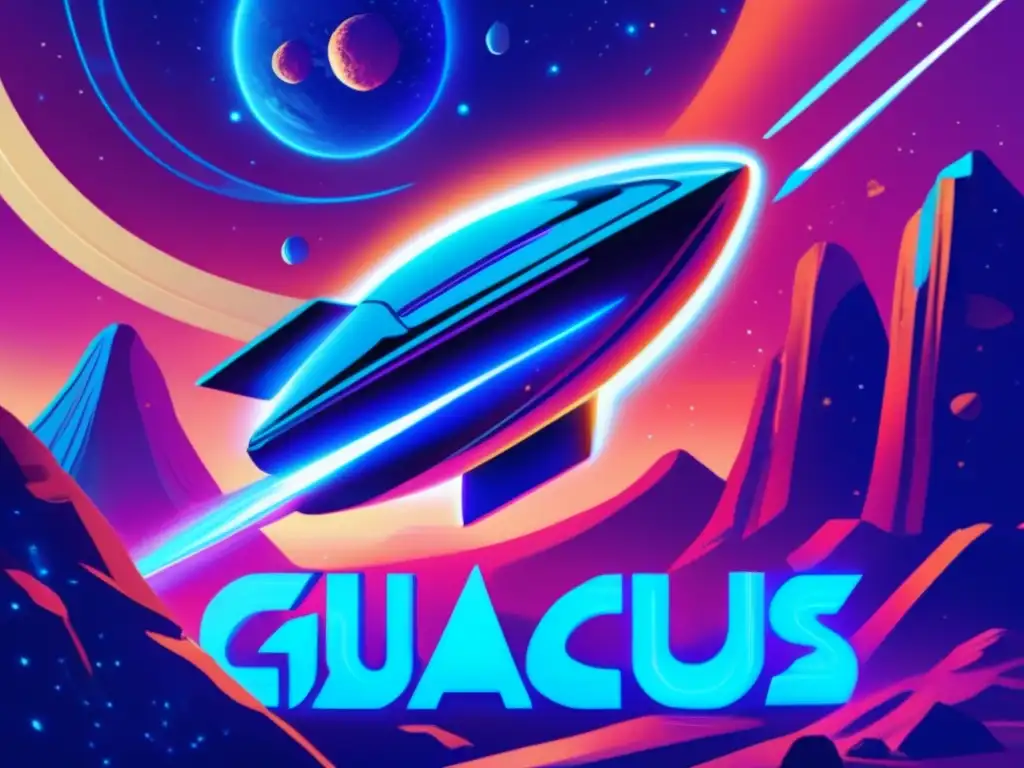 Decoding The Intriguing Characteristics Of Asteroid Glaucus
Decoding The Intriguing Characteristics Of Asteroid Glaucus Exploring The Unique Features Of Asteroid Lycaon
Exploring The Unique Features Of Asteroid Lycaon Telemachus: A Detailed Analysis Of An Asteroid
Telemachus: A Detailed Analysis Of An AsteroidIf you want to discover more articles similar to Understanding The Mystery Of Asteroid Euphorbus, you can visit the Asteroid Profiles category.
Leave a Reply

Articulos relacionados: